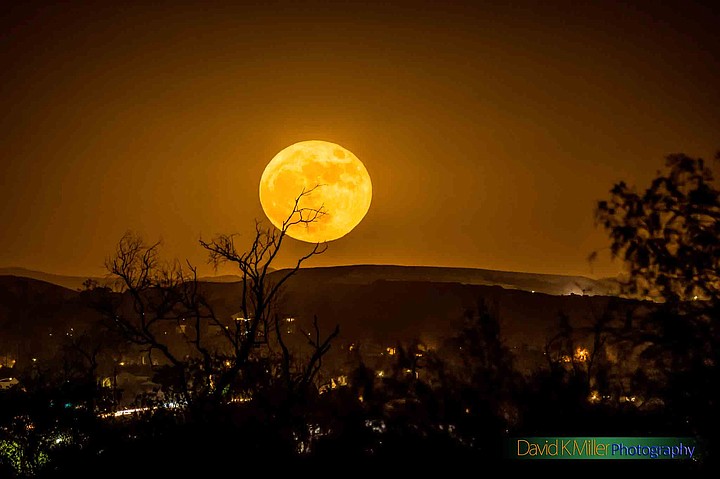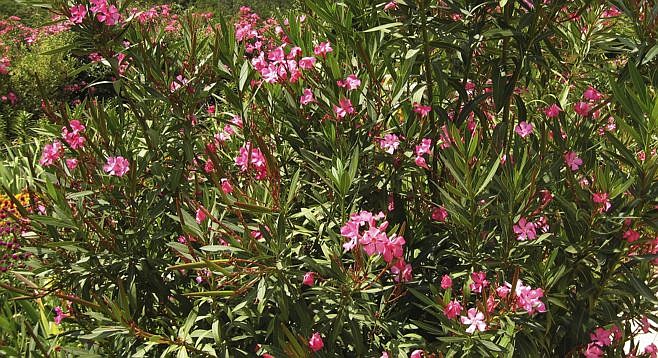North County beaches lose the most sand
Buckwheat goes into local honey
Cobbled Shorelines are greeting some beachgoers early this summer season, as in past years. North County beaches tend to suffer most, because natural sand replenishment in the area is disrupted by dams blocking the flow of sediment down the larger streams and rivers. Some sand scooped up from dredging operations is being moved onto the beaches to mitigate this problem. South County’s beaches fare better. The widest beach of all, Coronado, is protected from sand loss by the jutting Point Loma peninsula; it catches some sand drifting on currents northward from the mouth of the Tijuana River.
Summer Solstice, the time when the sun reaches its northernmost point in the sky, occurs this year at 2:13 am on Monday, June 21. The summer solstice not only marks the beginning of summer for the Northern Hemisphere, it also means that the daylight hours are maximized. San Diegans now enjoy approximately 14 hours of daylight, in contrast to the meager 10 hours or so we experience in December. Anytime this week or next, try checking your shadow at 12:50pm (the local daylight time in San Diego currently equivalent to astronomical noon). The sun is then only 10° south of the straight-up direction and casts near-vertical shadows. A lesser-known consequence of the summer solstice is that our twilight periods are longer than usual. Evening and morning twilight periods are now lasting more than 90 minutes.

The Full Moon Rises Majestically into an eastern sky at around 4:52 am, on early Tuesday morning, June 14. The June full moon has been called the “strawberry moon” to mark the ripening of ”June-bearing” strawberries that are ready to be gathered. It has also been called the “honey moon” because of its often warm-tinted color. Especially when seen from the high northern latitudes, the June full moon always stays close to the horizon, where its light is filtered and reddened by the atmosphere. From San Diego, June’s full moon reaches a maximum altitude of about 33° above the horizon — about as high as the sun gets at noon in December. June’s Full Moon coincides with a Supermoon. The Moon will be at one of its closest points to Earth all year at 4:21 p.m. PDT.

Colorful Foliage along San Diego’s coastline lingers, despite the recent lack of rainfall and warmer, drier days. In the older, landscaped neighborhoods of Coronado, Point Loma, Pacific Beach, and La Jolla you’ll find oleander and hibiscus blooming in many shades, and colorful bougainvillea creeping over garden walls. Look for the magnificent clusters of red flowers adorning the crowns of the flame eucalyptus (red-flowering gum) trees.
The above comes from the Outdoors listings in the Reader compiled by Jerry Schad, author of Afoot & Afield in San Diego County. Schad died in 2011. Planet information from SkyandTelescope.org.